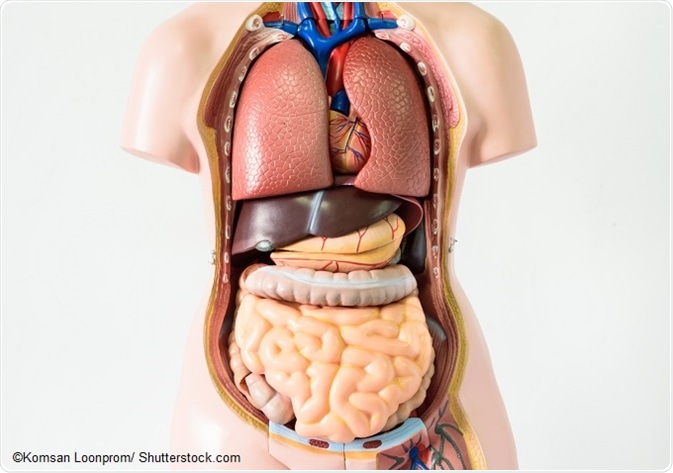Site Under Development, Content Population and SEO, Soft Launch 1st January 2020
Mesentery is a sheet-like structure that encloses the intestine and attaches it to the posterior part of the abdominal wall. First illustrations of the structure in situ indicated its contiguity, and in 1879 Toldt accurately depicted a mesentery that was associated with the ascending and descending colon.

However, his findings were largely ignored in favor of Treves who, in 1885, presented a fragmented mesentery appearing only at the sigmoid colon, transverse colon, and small-intestine. The latter findings were perpetuated in the literature of the next century.
But recently a research team led by colorectal surgeon J. Calvin Coffey gave sufficient evidence to support the reclassification of the mesentery as an organ. Their research contradicts hundreds of years of gastrointestinal anatomy literature, which states that the mesentery is made up of independent, fragmented structures. It has instead been shown to be harmonious and continuous, reaching from the duodenum all the way to the rectum.
The mesentery has many important anatomical and physiological functions, and is thought by researchers to play a role in the intestine’s immune response, as well as in gastrointestinal diseases. The mesentery also contains the blood supply and lymphatic system of the intestine, and is an integral part of the portal system.
Central functions of the mesentery are:
In 2012, professor Coffey and his colleagues carried out an observational study in order to characterize the anatomy of the mesentery during and following its complete excision. They believed this type of excision could lead to increased survival of colon cancer patients, but recognized a lack of prerequisite detailed knowledge of the variant and normal mesocolic anatomy.
During this study, they observed undocumented anatomical depictions of the mesentery, including its continuous nature. In one additional study, they confirmed their observations using histology and electron microscopy to show that the mesentery was present from the ileocecal to mesorectal segment on a cellular level.
This new and more accurate anatomical conception of the mesentery by Professor Coffey and his colleagues may have exciting and widespread implications for gastrointestinal research, treatment and patient outcomes. The discovery holds a promise of a substantial impact on surgical procedures, most notably by reducing blood loss in abdominal surgery, by making them safer, and by allowing patients to recover more quickly.
In addition, having a new-found clarity of the mesentery structure (which was previously inaccurately understood) allows exponential advances in the potential development of treatments for associated diseases. The classification of the mesentery as an organ has created a whole new field of mesentery science, which is likely to attract comprehensive study into its physiological function and role in disease. This discovery will hopefully pave the way for new research into the mechanism and treatments of common, debilitating gastrointestinal diseases such as inflammatory bowel diseases (Crohn’s disease and ulcerative colitis), diverticulosis and colorectal cancer.